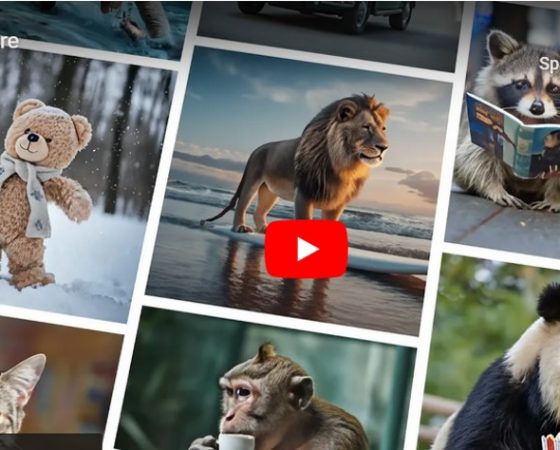The Google AI research paper introduces a new text-to-video diffusion model called ‘Lumiere.’ The purpose of this model is to generate realistic, diverse, and coherent motion in videos, which has historically been a challenging task in the field of artificial intelligence and computer vision.
Lumiere utilizes a novel Space-Time U-Net architecture, which departs from traditional video models. Traditional models generate spatially distant keyframes followed by temporal super-resolution, which often struggles to maintain global temporal consistency. Lumiere’s architecture generates an entire video’s temporal duration in a single pass, improving coherence and fluidity of motion.
For the latest news on how AI can help you think smarter in your everyday life and work, follow us on LinkedIn.

